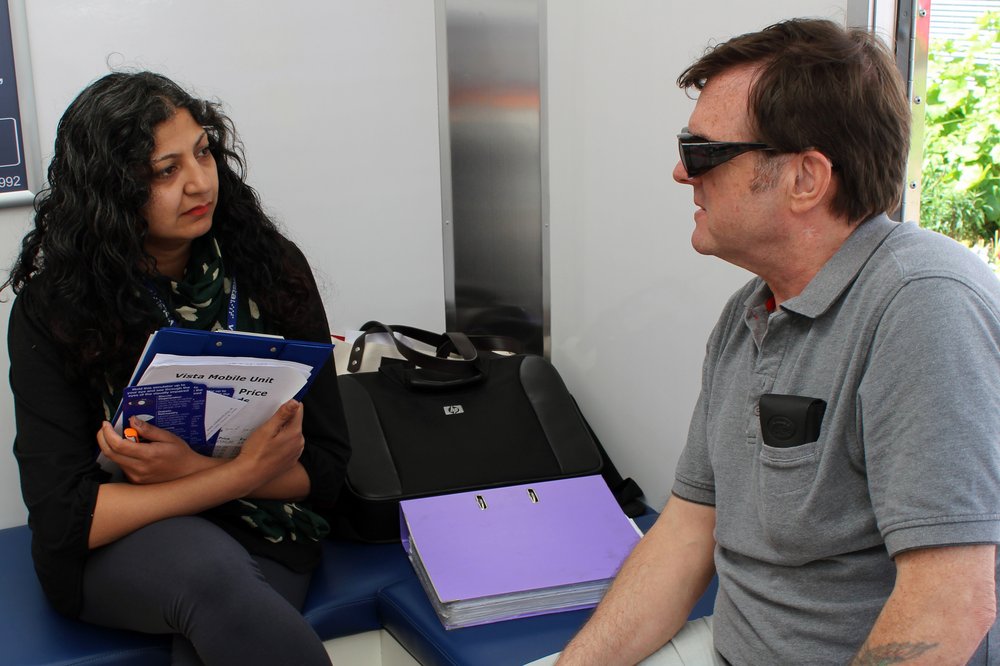Common eye conditions

Age-related macular degeneration
Age-related macular degeneration (AMD) is an eye condition that affects a tiny part of the retina at the back of your eye, called the macula. AMD causes problems with your central vision, but does not lead to total loss of sight and is not painful.
AMD affects the vision you use when you are looking directly at something, for example when you are reading, looking at photos or watching television. AMD may make your central vision distorted or blurry, and over a period of time, it may cause a blank patch in the centre of your vision.
Cataracts
Cataracts are a very common eye condition. As we get older, the lens inside our eye gradually changes and becomes less transparent. A lens that has turned misty or cloudy is said to have a cataract. Over time a cataract can get worse, gradually making your vision mistier.
A straight-forward operation can usually remove the misty lens and replace it with an artificial lens to enable you to see more clearly again.
Eye conditions related to diabetes
Diabetes occurs when your body doesn’t produce enough of the hormone insulin, or because the insulin that is produced has a reduced effect. Insulin regulates the way your body uses the food you have eaten. If you have diabetes, your body cannot cope in the usual way with sugar and other carbohydrates that you eat. Nearly one person in 25 in the UK has diabetes mellitus.
Diabetes can affect your eye in a number of ways. The most serious eye condition associated with diabetes involves the network of blood vessels supplying the retina. This condition is called diabetic retinopathy.
Not everyone who has diabetes develops an eye complication. Of those that do, many people have a very mild form of retinopathy, which may never progress to a sight-threatening condition.
Glaucoma
Glaucoma is the name given to a group of eye conditions, which cause optic nerve damage and can affect your vision. Glaucoma damages the optic nerve at the point where it leaves your eye. The damage may be caused by raised eye pressure or a weakness in the optic nerve.
Most people with glaucoma use drops for many years or for life. Using drops regularly can help to keep eye pressure under control and minimise damage to your sight.